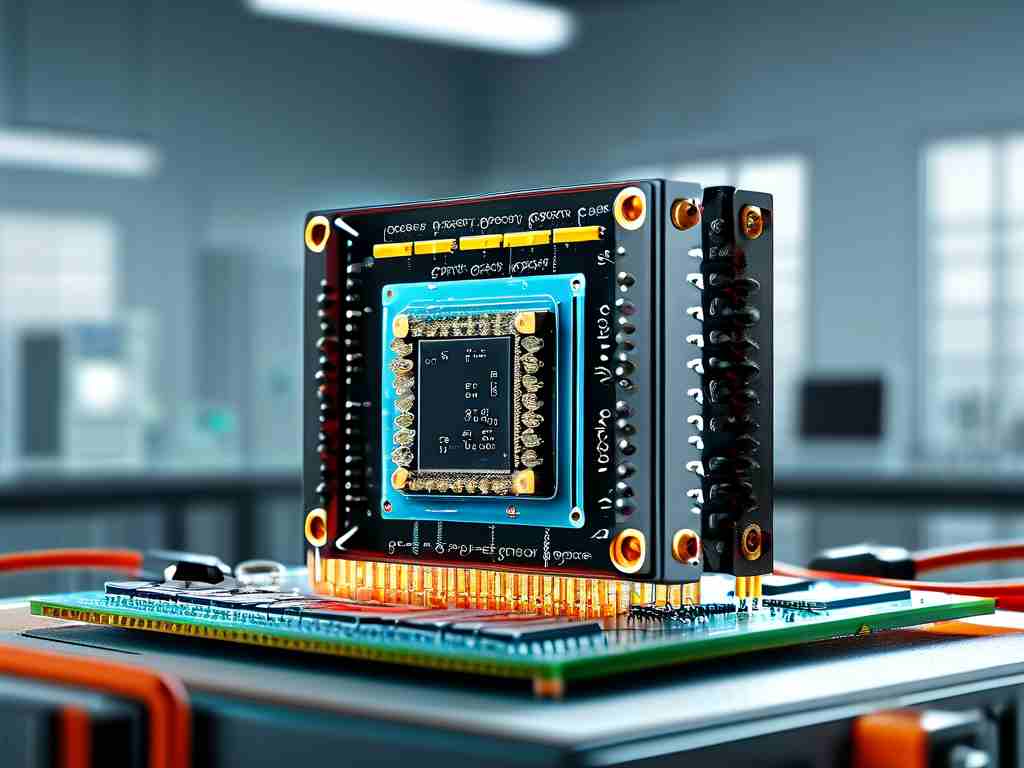Embedded systems are integral to modern technology, powering devices from smart appliances to automotive controls. A common question arises: is simulation used in embedded development? The answer is a resounding yes, and it plays a crucial role in streamlining the design and testing phases. Simulation involves creating virtual models that mimic real hardware behavior, allowing developers to test software without physical prototypes. This approach saves time, reduces costs, and minimizes risks associated with hardware failures. For instance, tools like QEMU emulate processors such as ARM cores, enabling code execution in a simulated environment before deployment.

In embedded development, simulation bridges the gap between software and hardware. Developers often start with high-level simulations using platforms like Simulink or MATLAB, where they model system behaviors and validate algorithms. As projects progress, cycle-accurate simulators come into play, replicating exact timing of microcontrollers for precision testing. This is vital for real-time systems where delays can cause critical errors. Moreover, simulation supports debugging by providing insights into register states and memory usage that might be hard to capture on actual devices. Consider this simple C code snippet for an embedded LED blink program, which can be run in a simulator like QEMU to verify logic before flashing to hardware:
#include <stdint.h>
#include "stm32f4xx.h" // Header for STM32 microcontroller
int main(void) {
RCC->AHB1ENR |= RCC_AHB1ENR_GPIODEN; // Enable GPIOD clock
GPIOD->MODER |= GPIO_MODER_MODE12_0; // Set pin 12 as output
while(1) {
GPIOD->ODR ^= GPIO_ODR_OD12; // Toggle LED on pin 12
for (volatile uint32_t i = 0; i < 1000000; i++); // Simple delay
}
return 0;
}
This code, when simulated, helps catch issues like incorrect pin configurations early, preventing costly rework. Beyond basic emulation, advanced simulations incorporate peripheral models for sensors or communication interfaces, allowing comprehensive system validation. For example, simulating CAN bus interactions ensures reliable data exchange in automotive applications without needing multiple physical nodes.
The benefits of simulation in embedded development are manifold. It accelerates the development cycle by enabling parallel work—software teams can code and test while hardware is still in design. This agility is essential in fast-paced industries like IoT, where time-to-market pressures are high. Additionally, simulation enhances safety; in medical devices, virtual tests can simulate fault conditions without endangering users. However, challenges exist, such as inaccuracies in modeling complex analog components or timing variations, which may lead to "simulation gaps." To mitigate this, developers often combine simulation with hardware-in-the-loop (HIL) testing for final validation.
Looking ahead, trends like AI-driven simulations and cloud-based platforms are evolving the field. Tools such as Renode offer scalable, multi-node simulations for distributed embedded systems, fostering innovation in areas like edge computing. Ultimately, simulation is not just an option but a necessity in embedded development, driving efficiency and reliability. By leveraging these virtual environments, engineers can innovate confidently, pushing the boundaries of what embedded systems can achieve in our interconnected world.



